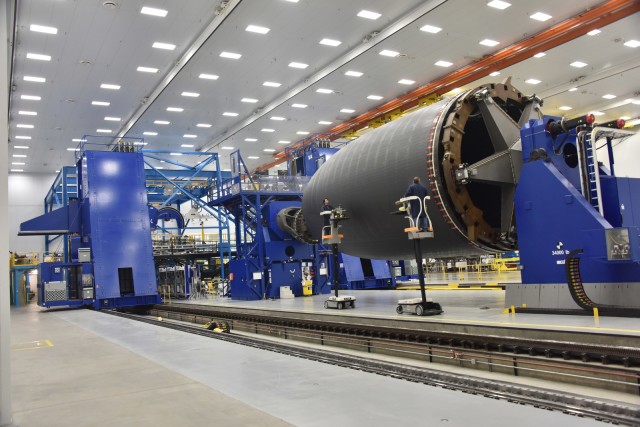Boeing has a significant amount
of work to do assuring the 737 Max is the rising star. After the Airbus A320
NEO debacle several of its important customers are less than happy about its
NEO orders, when the roll out show its ugly teething woes. Boeing can recoup the
single aisle market once its new single aisle 737 Max starts its commercial
operations. The engine will not fall short on the Max and the innovation
treatments will not disappoint its customer base. Airbus already has muffed it
with Qatar over its NEO program having a less than optimal engine performance
metric during first delivery.
Airbus and its engine suppliers will get it right, but not in time
for the Max’s run-out in the first half of 2017. A sign that Boeing has its
collective head flying high above the problems below. The unknown customer
having first receipt will in no doubt be excited happy, and may order more
Boeing 737 Max's in turn.
The effort Airbus made offering multi engine options did not have
a conclusive result, and it will pay in the market place for this mishap of
engine performance. CFM has been building successful engines since the first
737 classic of almost forty years ago. The current iteration of the CFM
designed just for the Max, but is included on the Airbus A320 NEO, is not same
engine as the Boeing rendition fitting to the Max's low ground clearance
profile.
The A320 could go larger in diameter
on its CFM Leap 1-A rendition with 78 inches, and where the Boeing
configured CFM Leap 1-B goes for 68.4 inches. The law of jet engine physics is
the larger the diameter the better the jet engine performance.
The PW A320 gear driven motor hit an early snag as with all new
concepts, but customers like Qatar don't want experimental equipment hanging on
its business wings, hence the customer burn. Boeing has become a one trick
pony with its CFM engine commitment during the history of the 737 program.
Don't fix what works just make it better going forward. The Airbus Company
striving to be all things to all customers has dabbled in the innovations realm
and it has gained Boeing some valuable real estate back exampled by the recent
commitment from Qatar for 60 Max. Qatar's word has always been good, so count
one for Boeing in the last minutes of "Airplane Wars", Single Aisle
Division.
The question now arises, what has Boeing and CFM wrought in the
68" configured Leap-1B. Heat was a great robber of engine performance and
a larger diameter engine mitigates that heat as found in the Leap 1-A engine.
However, the proprietary differences begin to mount up when mitigation those
heat penalties that are attacking the Leap -1B. Boeing co-partnered with CFM on
this one, as it refused to budge on the complete redesign of the 737 for bigger
diameter engines. It maintained its airplane stance in the sand and made CFM
Build an engine significantly smaller in diameter than the Leap 1-A.

But in doing so, CFM and Boeing had to bring rabbits out of the
hat fixing the CFM 1-B while meeting industry performance requirements found with
commercial aviation customers. Boeing contributed by bringing over from the 787
project key attributes enhancing the 68.4 limits. Boeing made changes to its engine
nacelle coming from the 787 program, and added engine chevrons to its engine exhaust
end for sound and aero-dynamics.
Placing the engine forward or
backward on the wings would affect performance, so Boeing found the sweet spot
for high engine performance and moved it to that spot. The plane balance is
critical for flight control and efficiency and Boeing doubled down on engine
balance for the aircraft.
Boeing also made some engine nacelle treatments different than the
737 NG configuration. A person notices when flying a kite that certain things
need to be different after first flying attempts are made. It may dip, dive or
fly upside down until the kite’s tail or sticks are adjusted. Boeing/CFM with
its smaller engine manages the air passing by the wing and engine. They put on
some fins in key places on the engine nacelle enhancing movement through the
air, mitigating heat build-up, and canceling some drag.
Even though I do not know all the engine secrets, the Max in tests
shows a 14% over-all improvement than previous models of its type. Boeing
claims supremacy over the NEO. The customer will know who is correct in this
argument. However, the important point is that Boeing can and should gain
significant ground over Airbus A320-NEO in the market place once the 737 Max
delivers, because then Boeing can demonstrate its tricked out 68.4 diameter
engine as compared with the 78 inch Neo configured airplane currently in
service.








